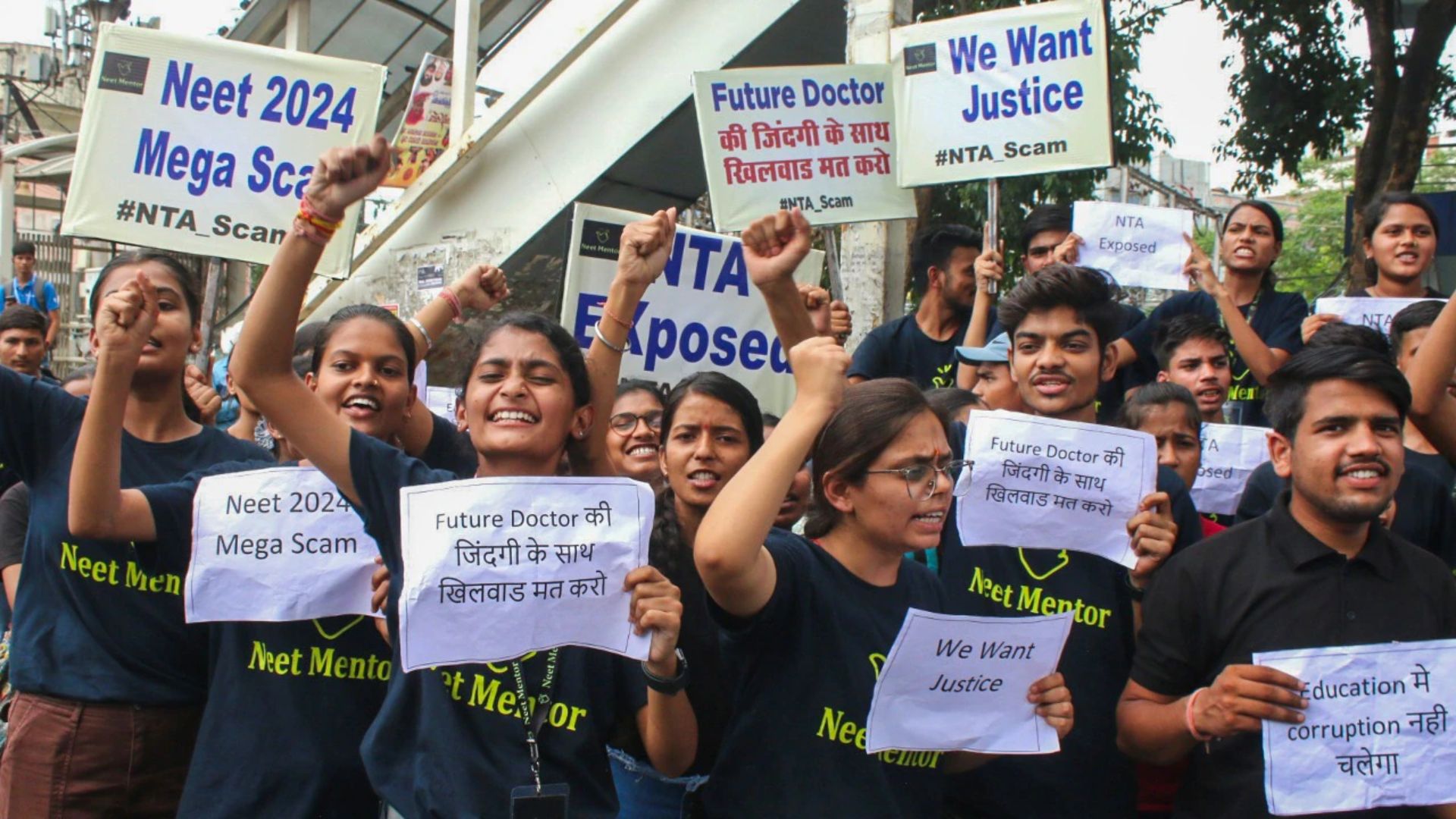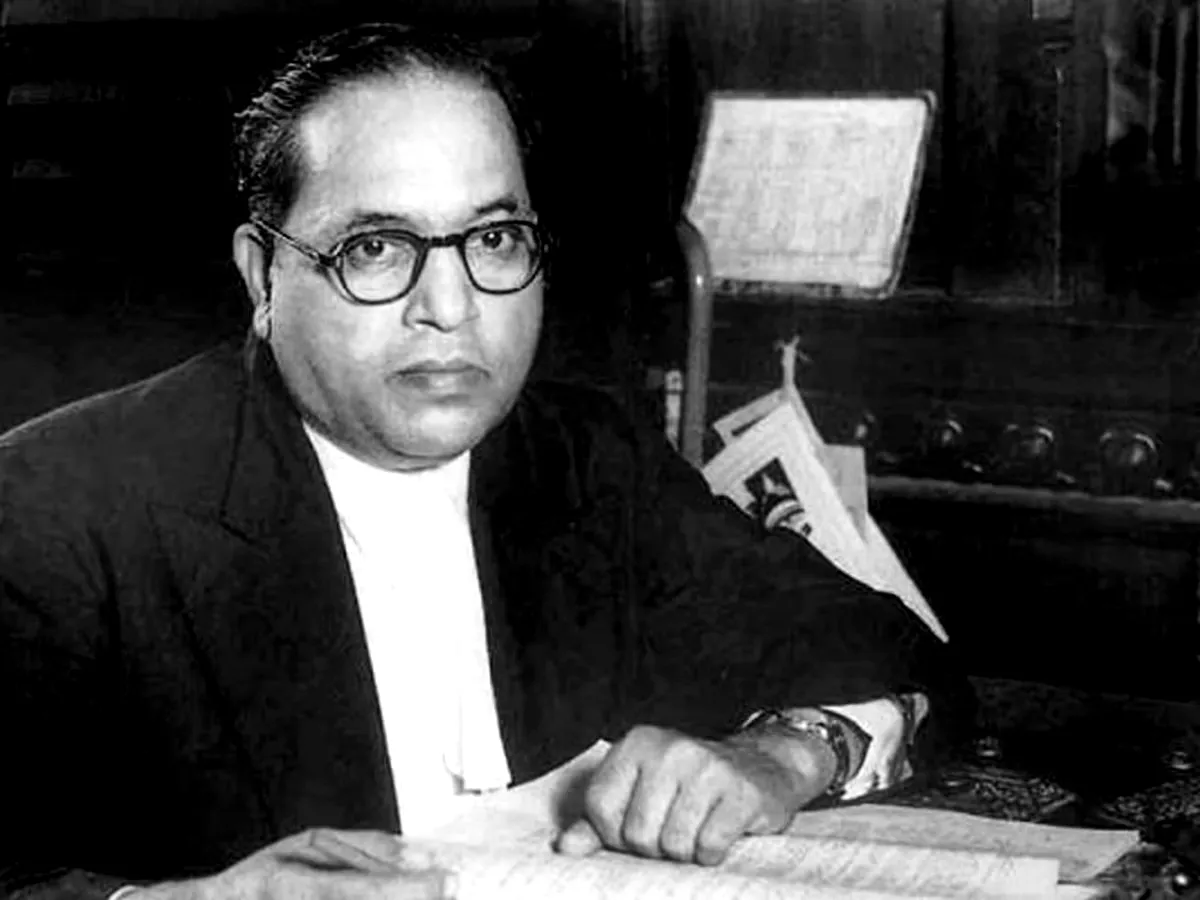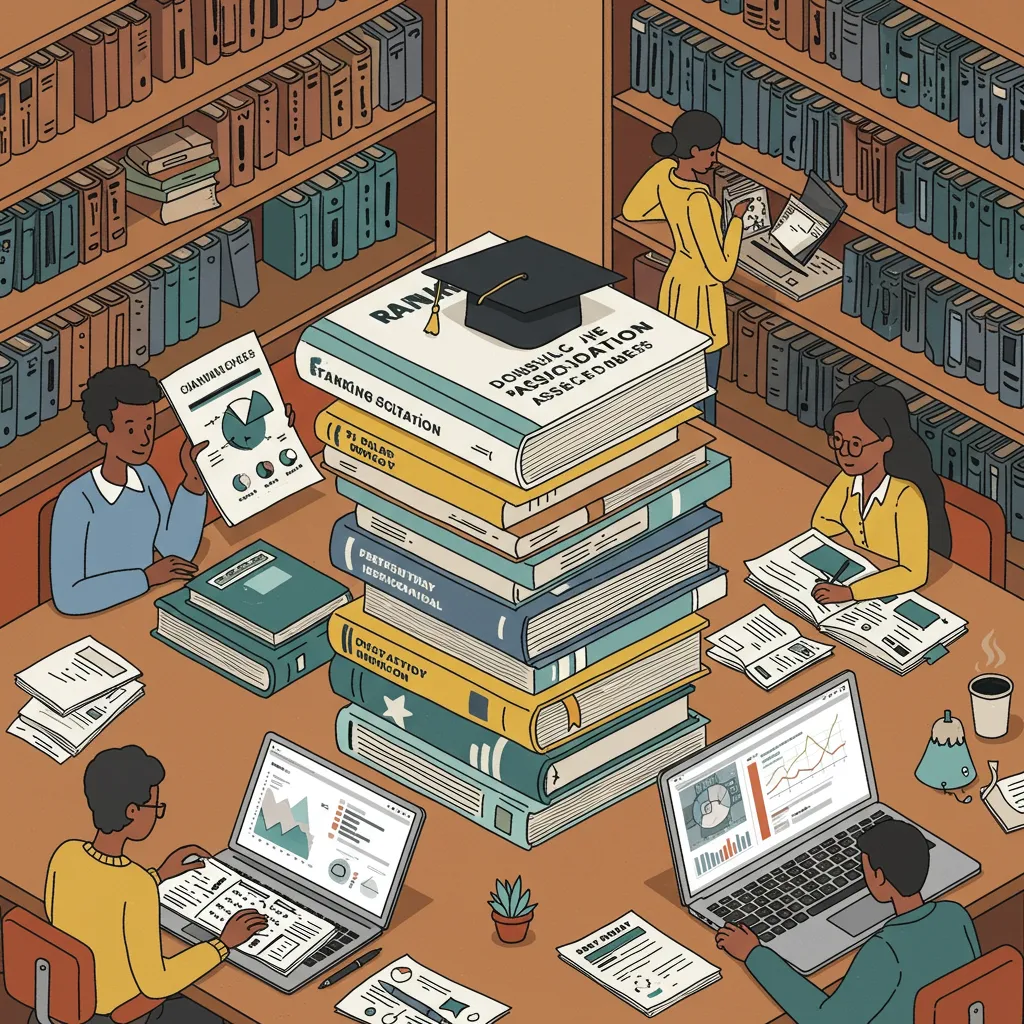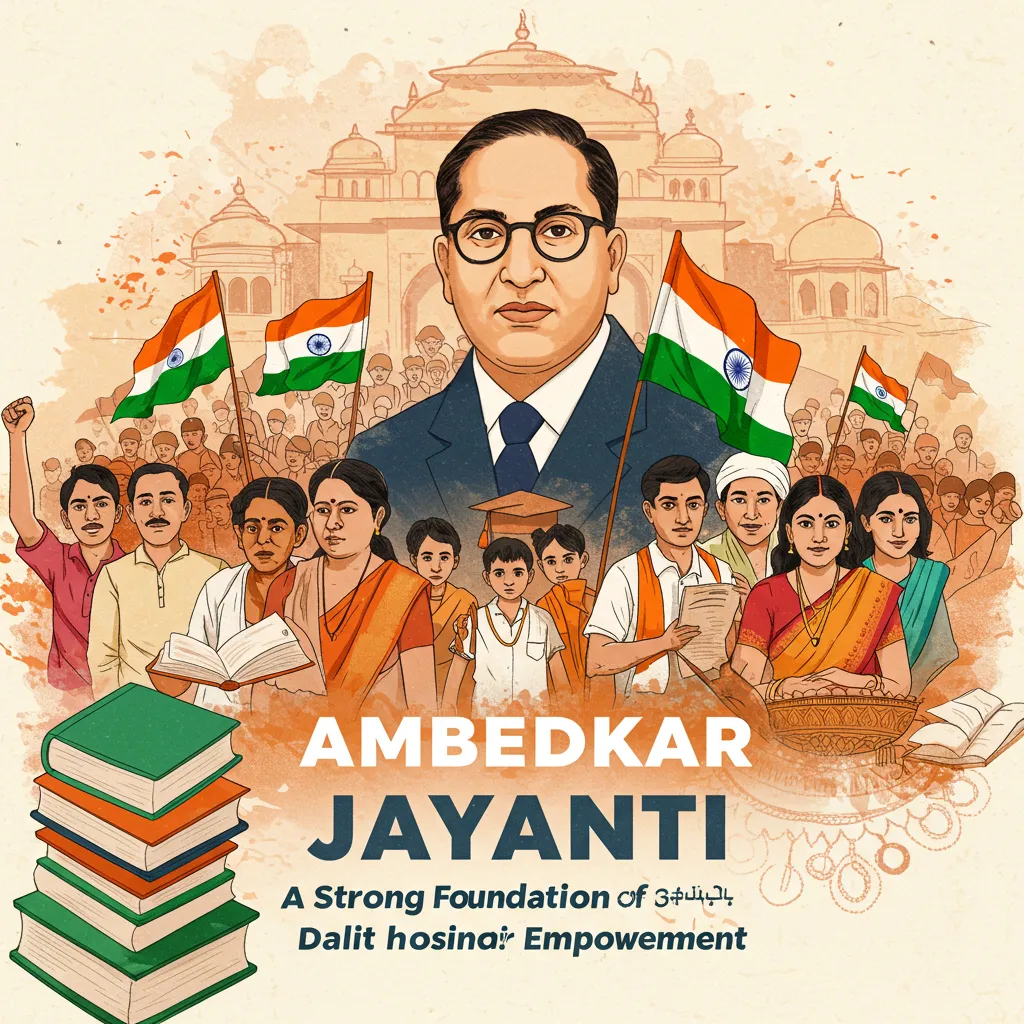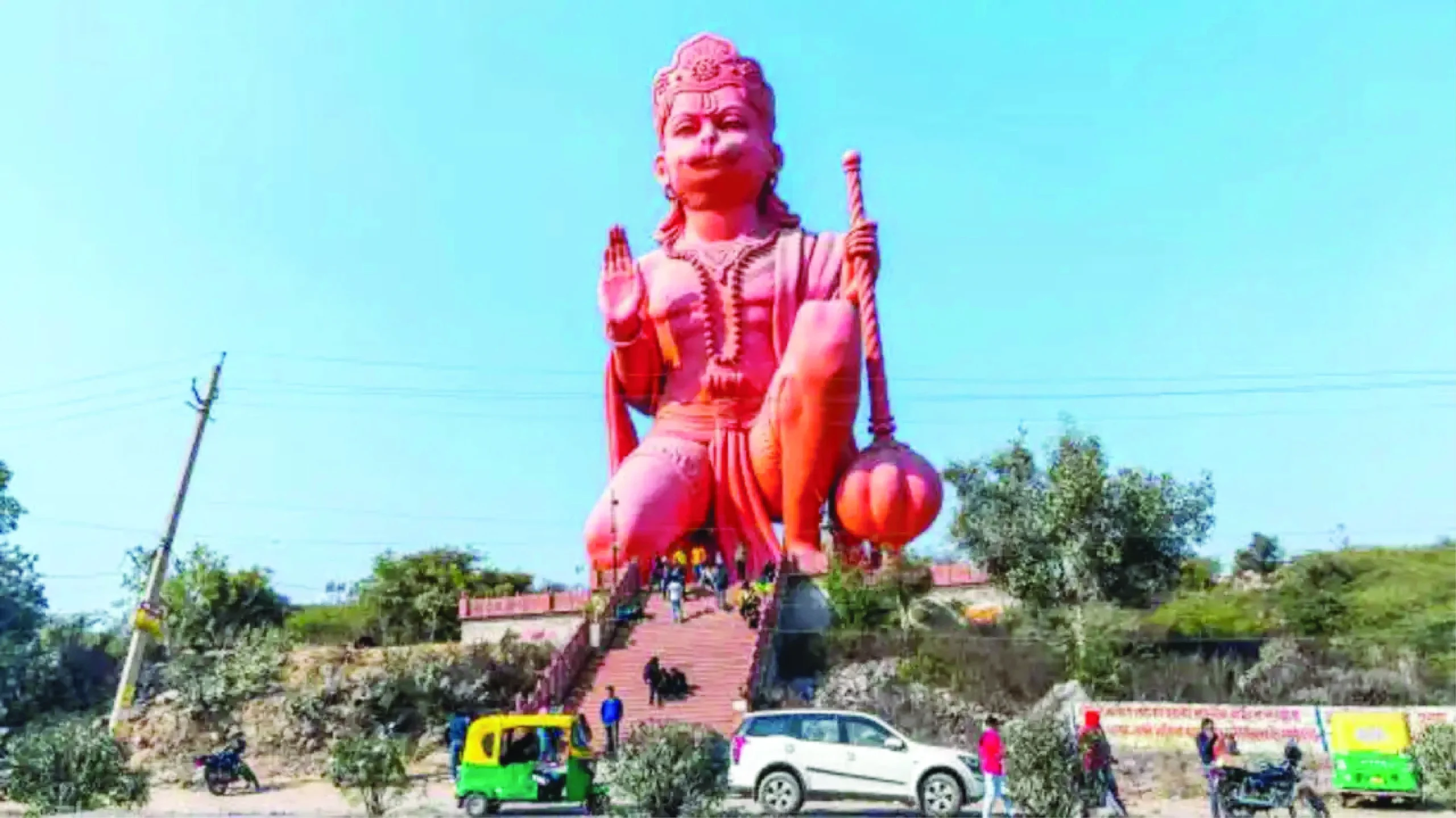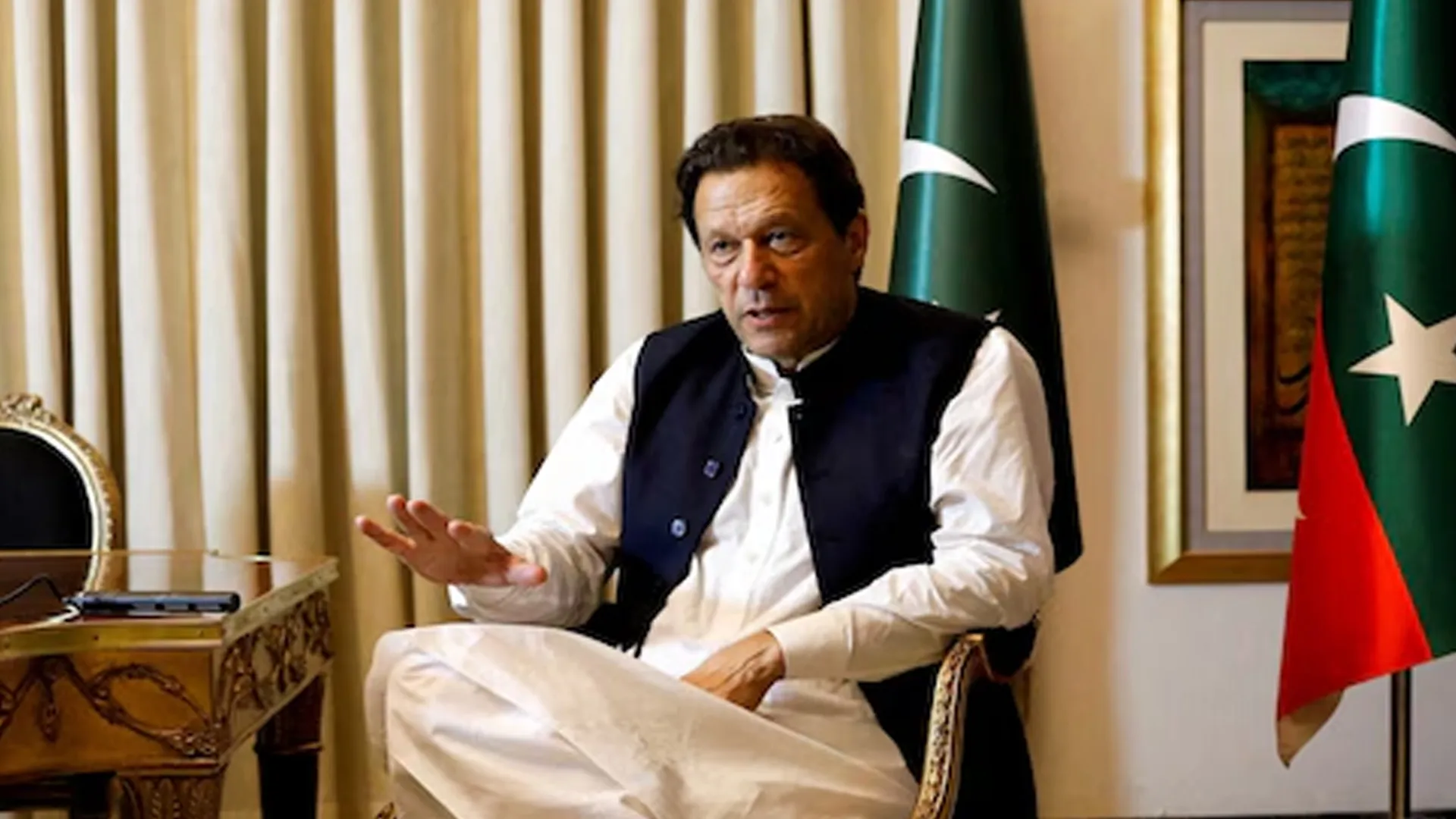As the 2024 NEET paper controversy continues to impact students’ lives and jeopardise the future of more than 24 lakh students, it triggered discussions on how technology could potentially mitigate some of the security challenges in these high-stakes exams. However, the fact that the paper was leaked on the dark web, which is the hidden part of the internet that is not indexed by regular search engines and circulated on telegrams, also highlights the failure of the present digital system. Many exams worldwide have started using digital systems to mitigate such security incidents, allowing for greater reliability, fairness and inclusion in high-stakes exams. Still, the existing digital divide and its unique challenges are also to be considered while discussing any potential shift in policy.
Even though the proposed Digital India Act, 2023 was placed for consultation on 9th March 2023 by then Minister of State for the Ministry of Electronics and Information Technology (MEITY), Mr Rajeev Chandrasekhar, to replace the Information Technology Act of 2000 (IT Act), the concerns continue to exist. The Act is crucial to ensuring India’s secure, accountable and innovative digital future. However, issues like the NEET and UGC NET paper leaks raise questions regarding the safety of India’s digital architecture and the kind of controls that the government can exercise in such situations. In the past, on the occurrence of any such situations, the steps taken by the government include blocking or throttling of mobile communications, websites, social media and messaging applications that have affected the promotion and protection of the exercise of rights over the internet and have been condemned by international organisations like the UN.
In this context, the Digital India Act, 2023 aims to ensure online safety, trust and accountability, open internet, and regulations of new age technologies like artificial intelligence and blockchain technologies. The act will accompany the Digital Personal Data Protection Act, Digital India Act Rules, National Data Governance Policy, and IPC amendments for Cyber Crimes that have taken shape through the new criminal law acts since 1st July this year. This act seeks to ensure the openness, safety, trust, and accountability of the Internet, which is of paramount significance given the background of the paper leaks and violation of the rights of the students to have fair and transparent examinations.
One of the essential aspects the proposed Digital India Act will have to overcome is the Digital Divide. This phenomenon refers to the gap between the haves and the have-nots, that is, the absence of internet accessibility with the larger populace that affects the free flow of information, especially for the students who prepare for such exams. One such category of students is the socially and educationally disadvantaged students who come within the category of the have-nots. Such students have gained access to education in private schools with advanced digital technologies through the quota for them under the Right of Children to Free and Compulsory Education Act, 2009. Section 12(1) of the Act directs private schools to reserve 25% of seats for children from economically weaker sections. Children in this quota are admitted at the entry level, and the government bears the cost of the next eight years of their education.
However, implementing the same has been a concern, especially since the pandemic. The reason is high dropouts, especially for children from socially and economically disadvantaged backgrounds, since the parents of these children lost their employment, which forced the children to contribute towards the sustenance of the family. Furthermore, the National Education Policy, 2020 has also ignored factors such as caste, religion, region or ethnicity for children from weaker sections of society and assumed a level playing field.
While India’s has the world’s second fastest-growing mobile market, it is lagging behind when it comes to internet connectivity. Oxfam’s India Inequality Report, 2022 stated that only 31 per cent of the rural population uses the internet compared to 67 per cent of the urban population and access to the internet through any device; urban children fared better in urban India at 44 per cent than in rural areas at 17 per cent, with only 4 per cent of students from SC and ST communities having access to a computer and the internet. The exorbitant costs of EdTech products also contributed to the digital divide.
The aspect of governmental control and reasons like national security and public order often have been cited to control internet access, which has also been recognised internationally by bodies like the International Telecommunication Union under its Constitution through Articles 34 and 35. The fact ignored while implementing such measures is its disproportionate impact on students needing internet access. This is more so in a country like India, which has regional disparities, lower internet penetration, less experienced digital regulatory institutions, unequal per capita income and varying digital skills.
Regarding the frequency of internet shutdowns, India holds the record for one of the highest number of shutdowns in the world. These shutdowns are executed through the Temporary Suspension of Telecom Services (Public Emergency or Public Safety) Rules 2017, under which the competent authorities have direct and express power to direct internet shutdowns. Additionally, the government can impose a shutdown under section 5(2) of the Telegraph Act, which authorises the government to detain telegraphs during a public emergency or in the interest of public safety.
Instead, there is a need for sustained and transformed digital empowerment based on principles of access, adoption and inclusivity that enhance citizen trust, especially for the students who constitute a more significant proportion of the users and make the system user-friendly. From a comparative aspect, the practice followed in the European Union may act as a guiding light. In Europe, the focus has been on content regulation, i.e. the material being displayed to the users over the internet, protection of free speech and the right to privacy. Moreover, Europe has taken a proactive approach regarding concerns related to privacy, such as the European Union General Data Protection Regulation (GDPR), which shifts the responsibility for privacy and security to the service providers.
In the future, the need of the hour is for a holistic and inclusive approach to develop an ecosystem of digital literacy awareness, education and training involving enhanced cooperation and mutual sectoral collaboration with students, teachers, and the larger community to address the challenges of the digital divide due to lack of access and digital illiteracy.
Abhinav Mehrotra, Assistant Professor and Amit upadhyay, Associate Professor
Jindal Global Law School, O.P. Jindal Global University, Sonipat

